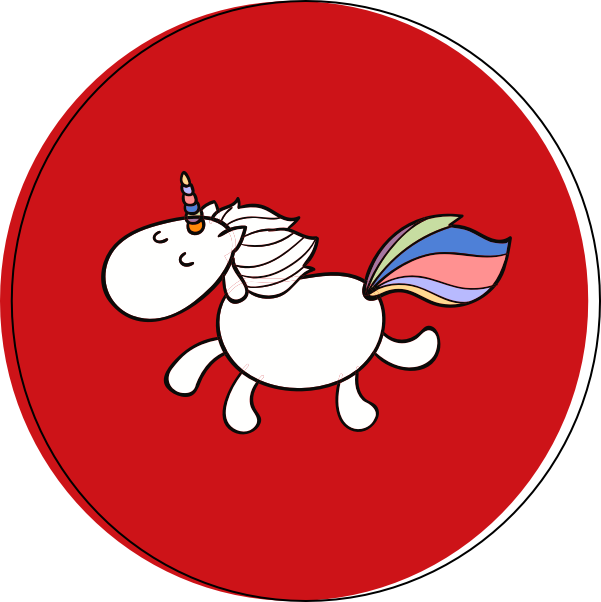Bounty: Mix and Mashup
How can we combine the uncombinable?
Go to Challenge | 61 teams have entered this challenge.

Shooting Unicorns
Buskers have been part of cityscapes for centuries with many governments embracing them as a cultural asset. They play a role in making our city more vibrant and lively and are strongly supported by the community.
However, busking isn't always as easy when there are:
For GovHack 2018, the Shooting Unicorns team created 'The Next Busker', a platform using open data for buskers to identify the best time and location to perform. The platform analyses data using pedestrian volume to determine hotspots for getting the best audience reach. The platform also allows buskers to be discovered by Melbournians and tourists, schedule their performance time to notify followers and the ability to get paid online.
For the community, this is a platform that brings people together to discover, subscribe and support their favourite buskers.
we're also experimenting with other datasets to implement even cooler features for the busking community, such as re-purposing under utilised parking bays for even more space to perform at and in the future weather data to improve forecasting.
To help buskers identify the best time and location to perform, we aggregated pedestrian traffic to determine the average count for each sensor by week day and hour. To use this data in a meaningful way while factoring in good user experience, we built a map allowing buskers to select a time and date that fits their availability. Using the City Of Melbourne's Open Data SOCRATA API, we then filtered sensor locations based on the radius of the selected landmark of interest and displayed hotspot areas for buskers to choose.
We also wanted to experiment with the idea of re-purposing under utilised parking bays for busking (an 'alpha' feature since it hasn't been approved by the council yet). To achieve this, the platform uses on-street parking bay sensors in conjunction with on street parking sensor data 2017 and on street parking bays data to calculate the aggregated daily usage of parking bays across the City of Melbourne. This allows buskers to also see on-peak and off-peak parking bays on the platform based on their selected time and location.
Description of Use On-street parking bay sensors was used in conjunction with on street parking sensor data 2017 and on street parking bays to calculate the aggregated daily usage of on-peak and off-peak hours. The idea is to re-purpose under utilised parking bays for buskers and eventually creatives to perform at.
Description of Use Pedestrian sensor locations was used in conjunction with pedestrian volume (updated monthly) to calculate landmark areas with high foot traffic to allow buskers to determine the best location and time to perform to increase audience reach.
Description of Use Pedestrian volume (updated monthly) was used in conjunction with pedestrian sensor locations to calculate areas with high foot traffic to allow buskers to determine the best location and time to perform to increase audience reach.
Description of Use On-street Car Parking Sensor Data - 2017 was used in conjunction with On-street parking bay sensors and on street parking bays to calculate the aggregated daily usage for determining on-peak and off-peak hours. The idea is to re-purpose under utilised parking bays for buskers and eventually creatives to perform at.
Description of Use The GeoJson of On-street Parking Bays was used to visualise parking bays that are under utilised for the opportunity for buskers and creatives to use.
Go to Challenge | 61 teams have entered this challenge.
Go to Challenge | 21 teams have entered this challenge.
Go to Challenge | 24 teams have entered this challenge.
Go to Challenge | 10 teams have entered this challenge.
Go to Challenge | 12 teams have entered this challenge.
Go to Challenge | 8 teams have entered this challenge.